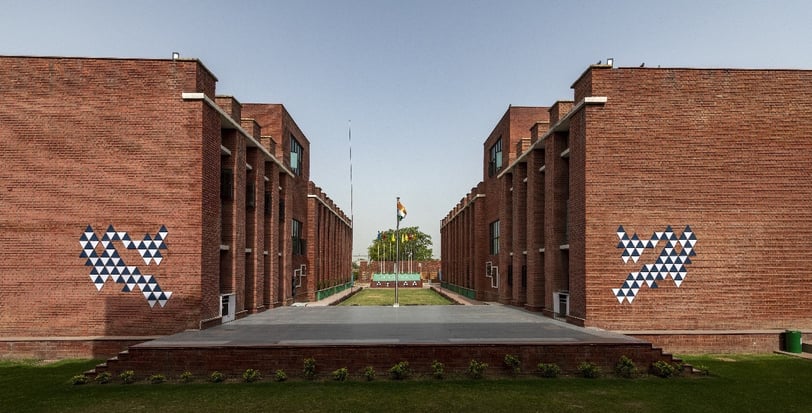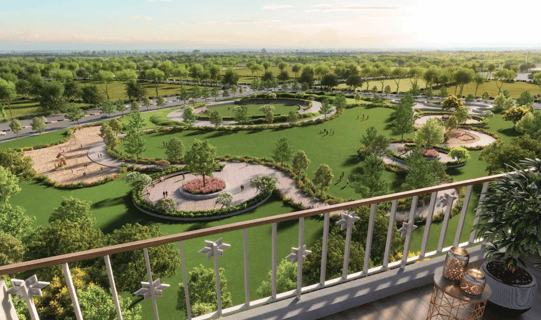The Harmony of Construction and Nature: A Modern Perspective


Introduction: Building in Balance
In today’s rapidly urbanizing world, the intersection of construction and nature has become a focal point of discussion. The juxtaposition of man-made structures against the backdrop of natural landscapes raises crucial questions about sustainability, aesthetics, and environmental impact. This blog aims to explore the delicate balance between construction and nature, showcasing how modern architectural practices can harmonize with the environment.
The Role of Sustainable Practices
Sustainable building practices are pivotal in reducing the ecological footprint of new constructions. Techniques such as green roofing, energy-efficient materials, and waste reduction through recycling not only contribute to the longevity of our infrastructure but also ensure that the natural environment is preserved. By integrating elements that mimic natural processes, such as renewable energy sources or natural ventilation, modern architects can create structures that complement their surroundings rather than overwhelm them.
Emphasizing Nature in Design
Incorporating natural elements into the design of new buildings goes beyond aesthetics; it plays a vital role in enhancing the well-being of occupants and promoting biodiversity. Biophilic design, which refers to the innate human inclination to connect with nature, is increasingly influencing architectural decisions. Elements such as indoor plants, natural light, and water features can create a serene ambiance that encourages environmental stewardship. When buildings are designed not just as structures but as part of a larger ecological narrative, they foster a sense of community and appreciation for the natural world.
In conclusion, the relationship between construction and nature is evolving. As we continue to build the cities of the future, it’s essential that we prioritize sustainability and aesthetic harmony with our environments. By embracing innovative natural integration in architectural design, we not only secure the future of our landscapes but also enhance the quality of life for generations to come.


contact us
Dekonix India
M5, 2nd Floor, M Block Market,
Greater Kailash Part 1,
New Delhi – 110048
Email: sales@dekonixindia.com
: info@dekonixindia.com
Phone: +91 9810195391
© 2025. All rights reserved.
